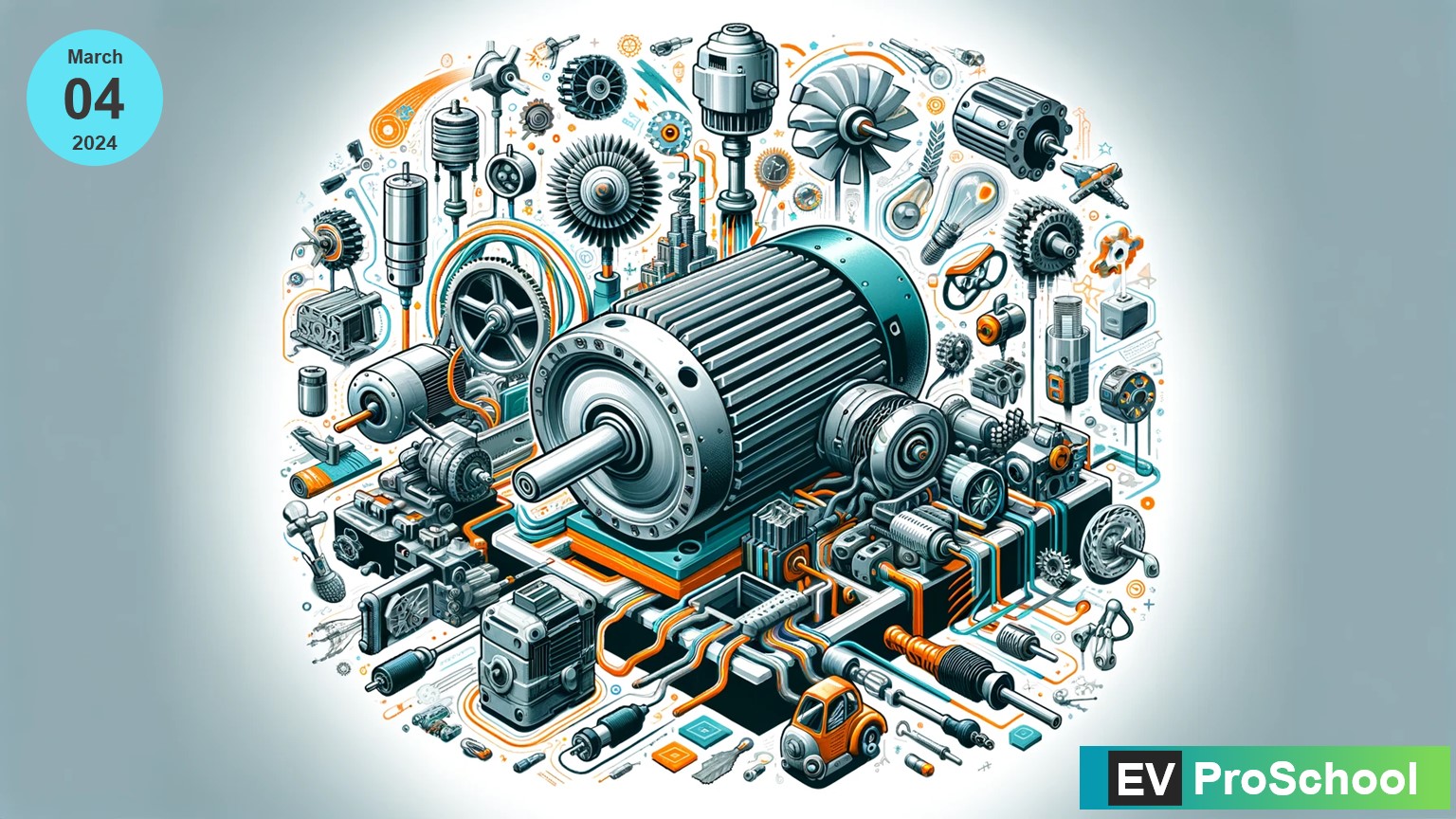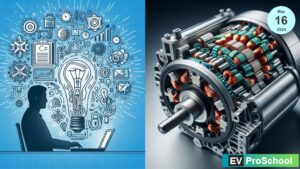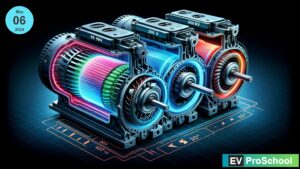Electric motors are the unsung heroes powering our modern world, from electric vehicles to household appliances. In this comprehensive guide, we’ve delved into various aspects of electric motor technology, shedding light on their design, operation, and protective mechanisms.
1. Thermal Stability:
Understanding thermal stability is crucial for optimizing the performance and longevity of electric motors, especially in demanding applications like electric vehicles. By carefully managing temperature fluctuations and employing efficient cooling systems, electric motors can operate reliably under diverse conditions.
2. Field-Oriented Control (FOC):
FOC enhances motor efficiency and reduces heat generation by precisely controlling magnetic fields within the motor. Through sophisticated control algorithms, FOC enables smooth and precise operation, making it a cornerstone of modern electric motor technology.
3. Motor Temperature Classifications:
Different motor temperature classes, such as Class F and Class H, dictate how motors withstand varying temperature environments. Designing motors accordingly ensures optimal performance and reliability, especially in electric vehicles where thermal management is critical.
4. Thermal Conductivity of Motor Materials:
Understanding the thermal conductivity of motor materials is essential for efficient heat dissipation. Materials like copper and aluminum excel at conducting heat, while insulation materials like Nomex and Mica protect against overheating and short circuits.
5. Thermal Stress Comparison: Electric Motors vs. Engines:
Comparing thermal stress in electric motors and internal combustion engines highlights the unique challenges and opportunities in electric mobility. Electric motors exhibit more uniform heat distribution, whereas internal combustion engines face localized hot spots.
6. Sensorless Control Mechanisms:
Sensorless control mechanisms revolutionize electric motor technology by eliminating the need for physical sensors. By analyzing motor signals, sensorless control systems anticipate and mitigate disturbances, ensuring smooth and reliable operation.
7. Feedforward Control in Electric Motors:
Feedforward control enables motors to anticipate and counteract disturbances proactively. By predicting road conditions and adjusting motor parameters, feedforward control enhances stability and efficiency, setting new standards for electric mobility.
8. Protective Actions Against Stress:
Electric motors employ various protective measures, including thermal management systems, overload protection mechanisms, vibration damping techniques, and fault detection systems. These safeguards ensure optimal performance and reliability under diverse operating conditions.
In conclusion, electric motors represent the epitome of innovation and efficiency in modern engineering. By understanding their intricacies and leveraging advanced technologies, we can drive forward towards a sustainable and electrified future.



